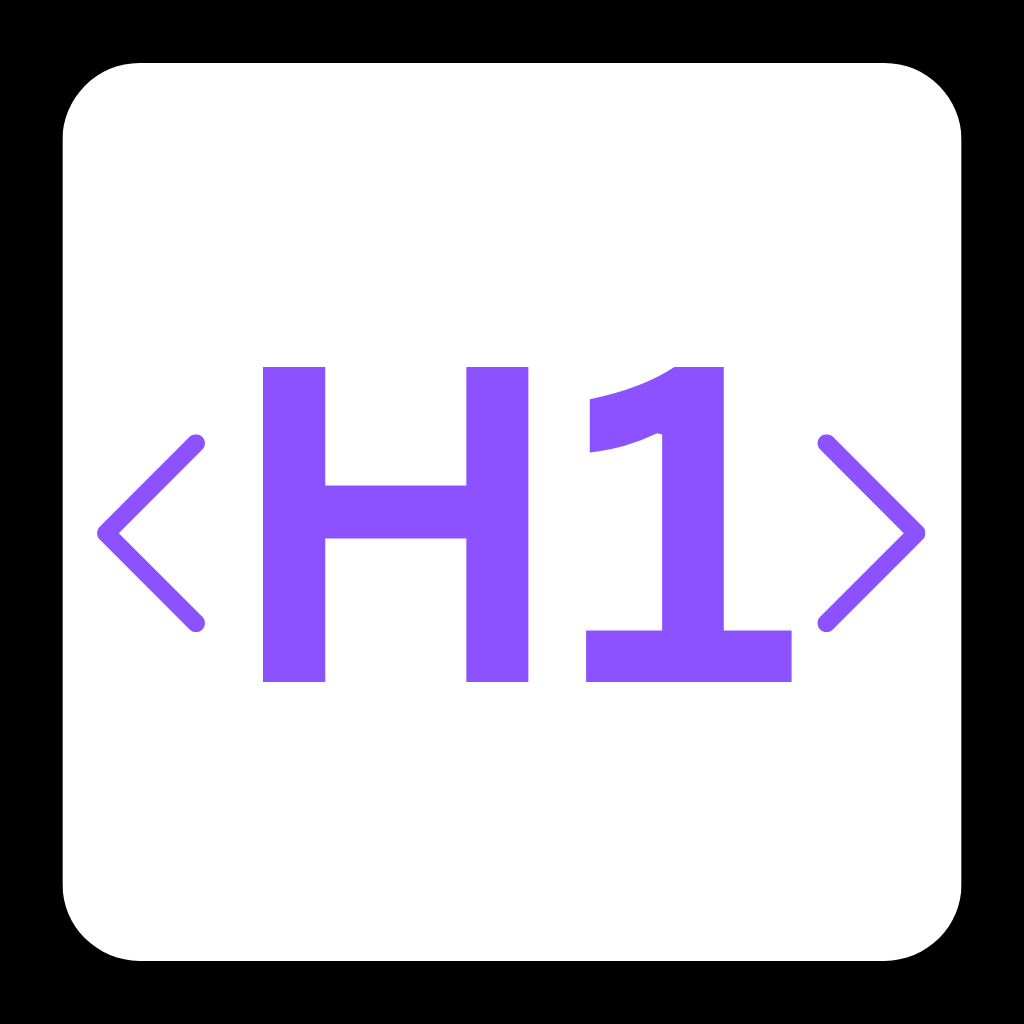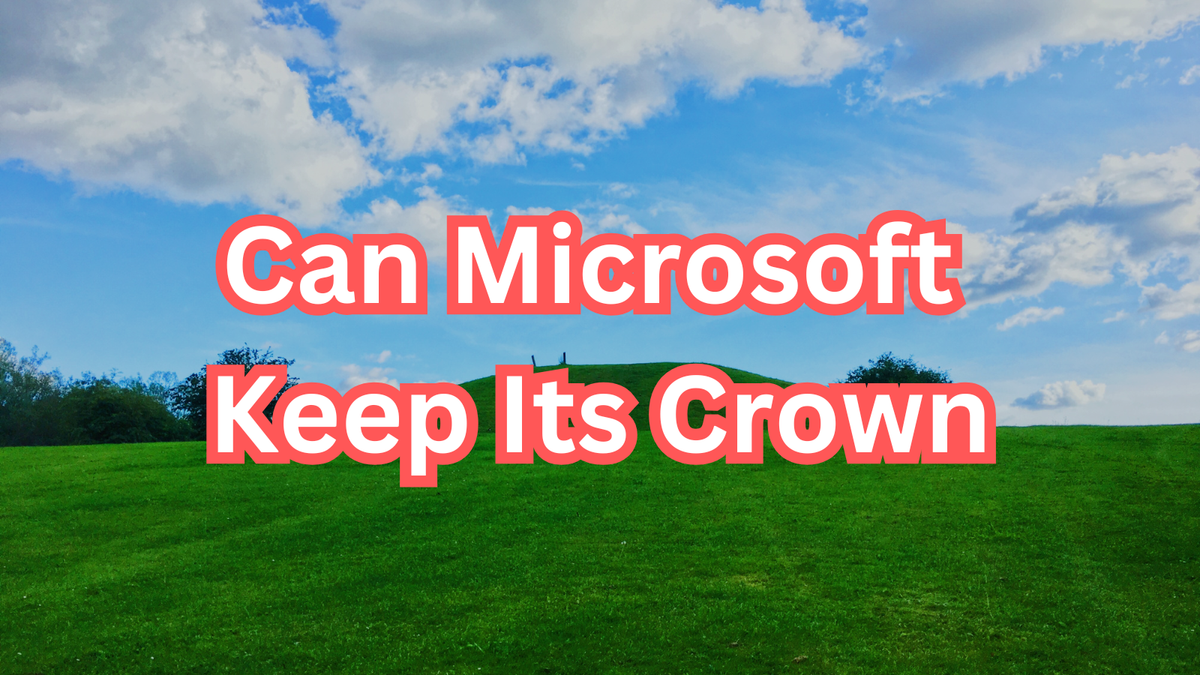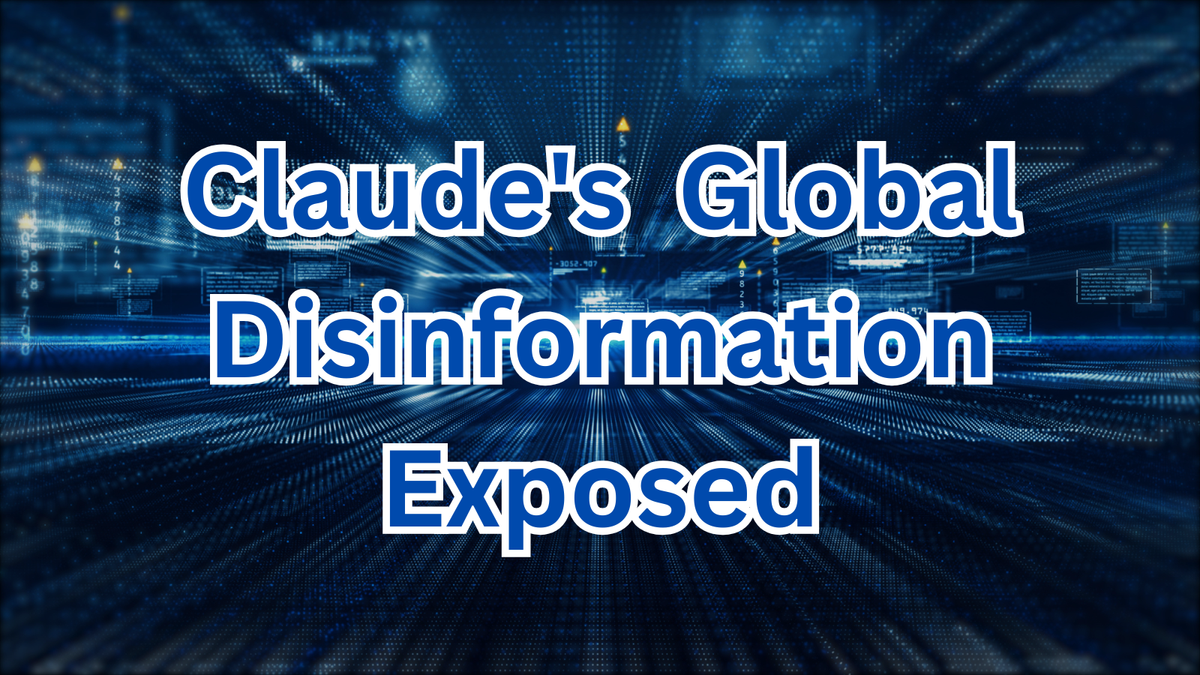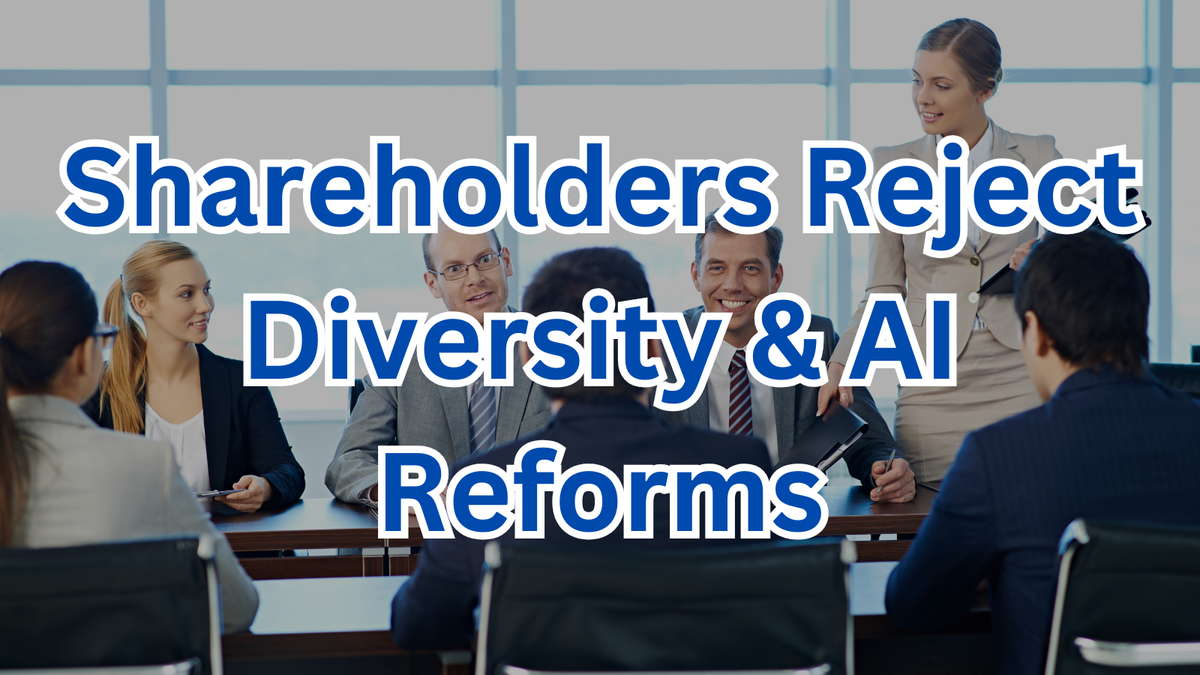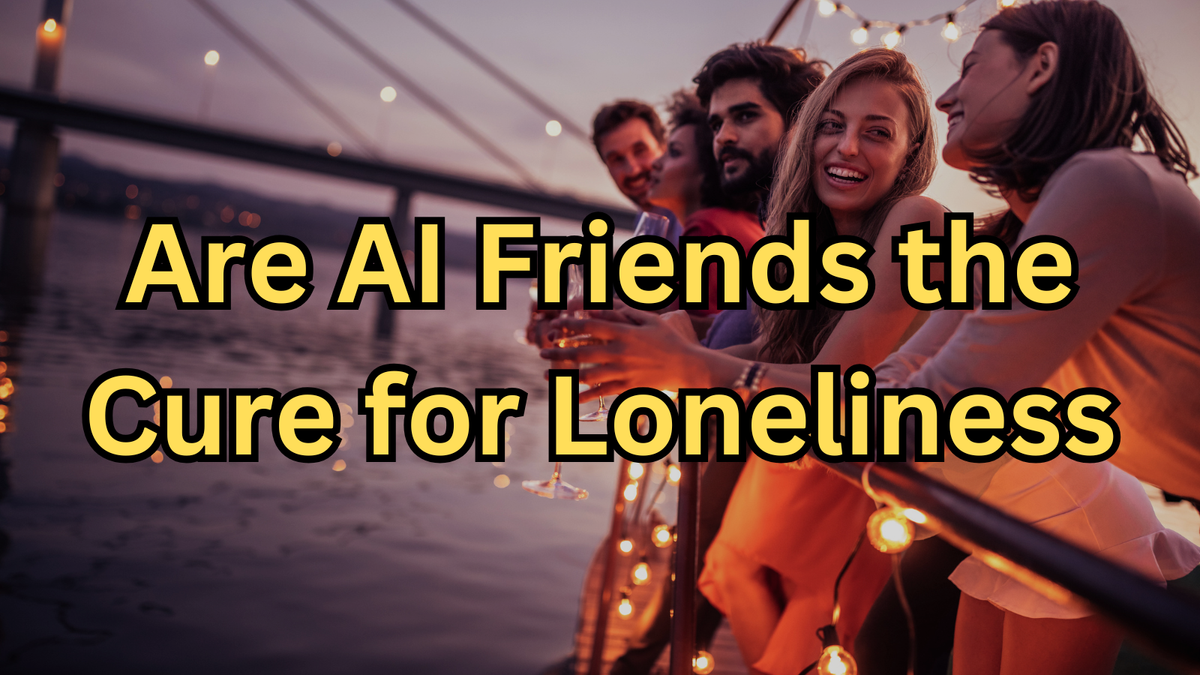Did Microsoft Just Prove AI-Generated Ads Are Indistinguishable From Human Work?
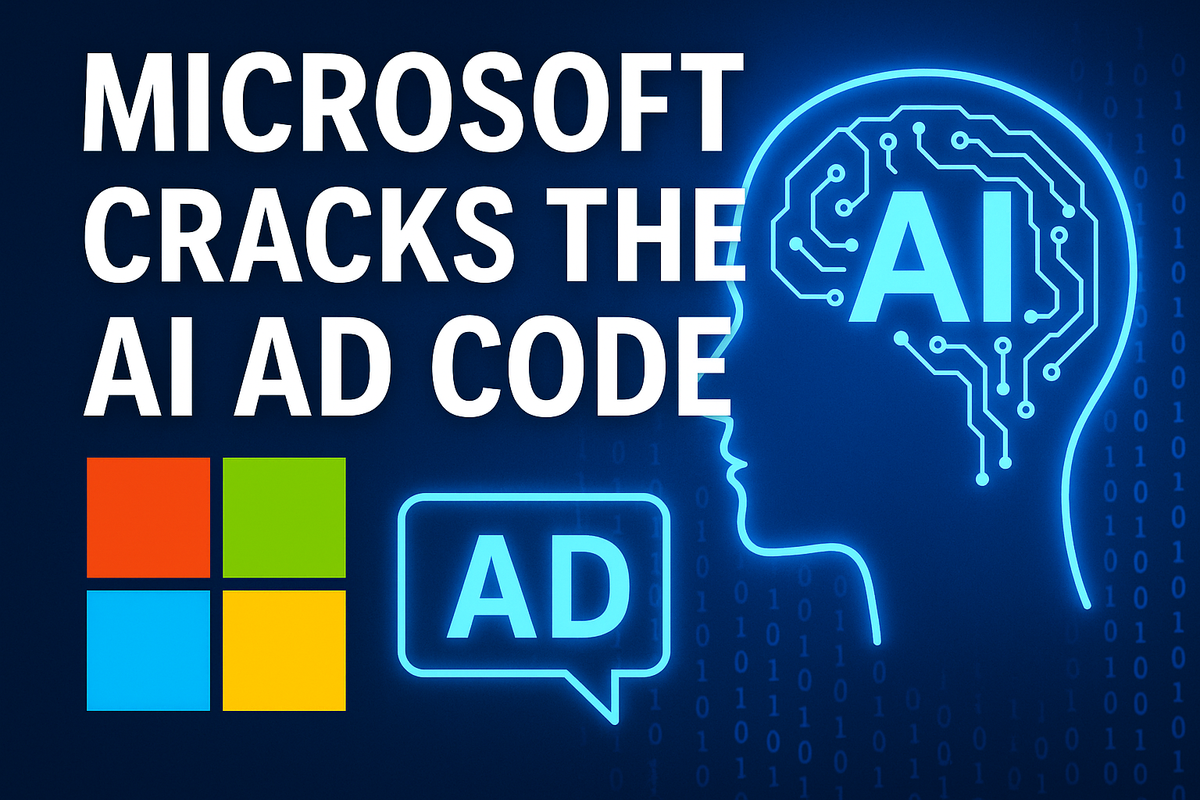
Microsoft quietly released an AI-crafted Surface ad three months ago—and no one batted an eye. Now that the cat’s out of the bag, what does this mean for the future of creative industries? The tech giant recently revealed that its January 2025 Surface Pro/Laptop commercial seamlessly blended generative AI with traditional filming, saving 90% of typical production time. Yet viewers couldn’t spot the artificial elements until Microsoft explained them. Let’s dive in.
🤖 The AI Experiment: Blending Pixels and Reality
Microsoft’s ad slipped under the radar not because it was forgettable, but because its AI integration was too subtle. Here’s what made it groundbreaking:
- Stealth Mode Activated: The 40,000-view YouTube ad ran for 3 months without anyone questioning its AI elements—until Microsoft confessed.
- Hybrid Workflow: Quick-cut scenes (like office whiteboards) used AI tools like Hailuo and Kling, while complex shots (typing closeups) required human filming.
- 90% Time Savings: Visual designer Brian Townsend estimates AI slashed production time/cost dramatically—but required “thousands of prompts” to perfect.
- The Tells: Sharp-eyed viewers can now spot AI quirks—oversized Mason jars, “sheen” on surfaces, and oddly perfect clipboards.
✅ Microsoft’s Playbook: AI as a Creative Sidekick
Rather than replacing humans, Microsoft positioned AI as a turbocharged collaborator:
- ✅ Rapid Prototyping: AI generated initial scripts, storyboards, and pitch decks to jumpstart the process.
- ✅ Prompt Engineering: Teams used chatbots to refine text prompts for image generators, then edited outputs to fix “hallucinations.”
- ✅ Strategic Allocation: As creative director Cisco McCarthy noted, static shots went to AI, while motion-heavy sequences stayed human-led.
Microsoft design chief Jon Friedman sums it up: “Suddenly the design job is how do you edit?”

🚧 The Hidden Hurdles: Why AI Isn’t Taking Over (Yet)
Despite the success, Microsoft’s experiment exposed AI’s current limits:
- ⚠️ The Uncanny Clipboard: AI still struggles with realistic text (meeting notes looked too neat) and proportional objects (that jarring Mason jar).
- ⚠️ Motion Sickness: Complex movements like typing closeups required live filming—AI couldn’t nail finger kinematics.
- ⚠️ Labor-Intensive Refinement: As McCarthy admits, achieving usable results meant being “relentless” with iterative prompting.
- ⚠️ Public Skepticism: Had viewers known about the AI upfront, would they have scrutinized imperfections more harshly?
🚀 Final Thoughts: The Invisible AI Revolution
Microsoft’s ad demonstrates that AI’s creative role isn’t about flashy robot directors—it’s about augmenting human workflows invisibly. Success hinges on:
- 📈 Strategic Hybridization: Knowing when to use AI (static scenes) vs humans (dynamic shots).
- 🤖 Embracing the Edit: As Friedman noted, future designers may spend less time creating raw assets and more time curating AI outputs.
- 🎨 Managing Expectations: Transparency about AI use could backfire if audiences perceive it as “cheating”—but stealth deployment risks backlash too.
Could your favorite brand’s latest ad be AI-assisted? Would you even want to know? Sound off below!
Let us know on X (Former Twitter)
Sources: Dominic Preston. Microsoft made an ad with generative AI and nobody noticed, April 25, 2025. https://www.theverge.com/news/656104/microsoft-surface-ad-generative-ai-copilot-intel

